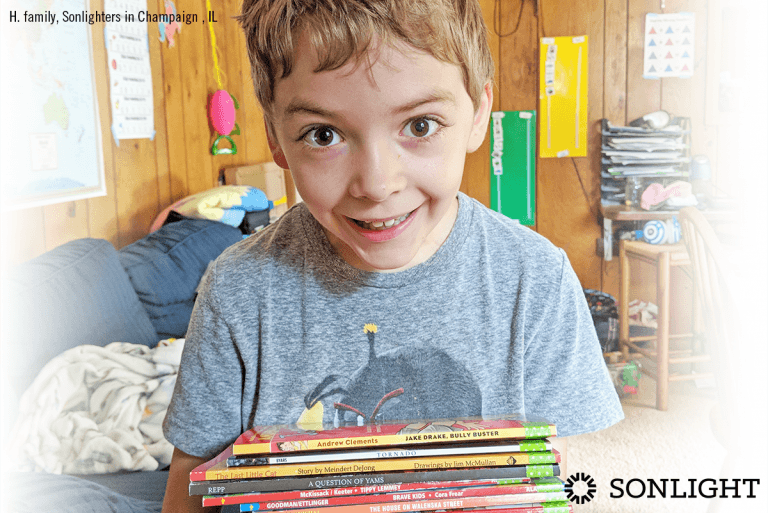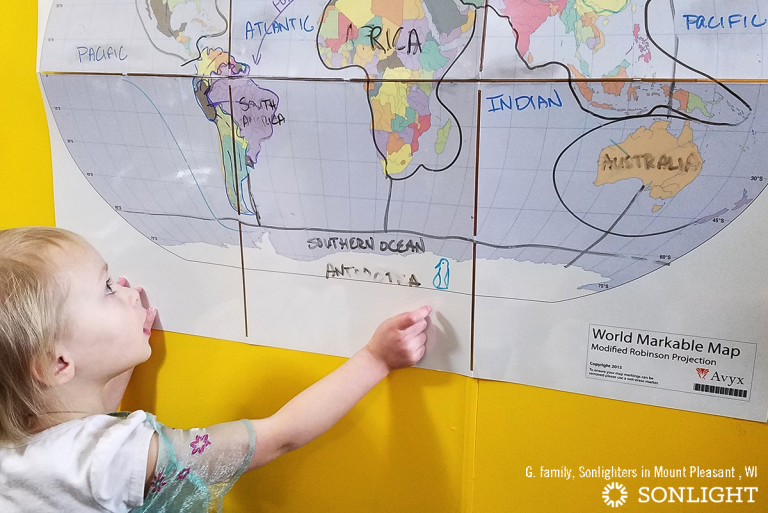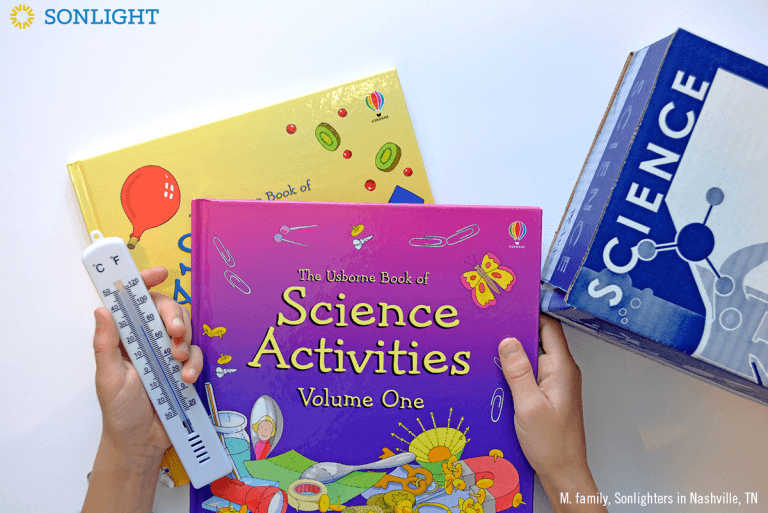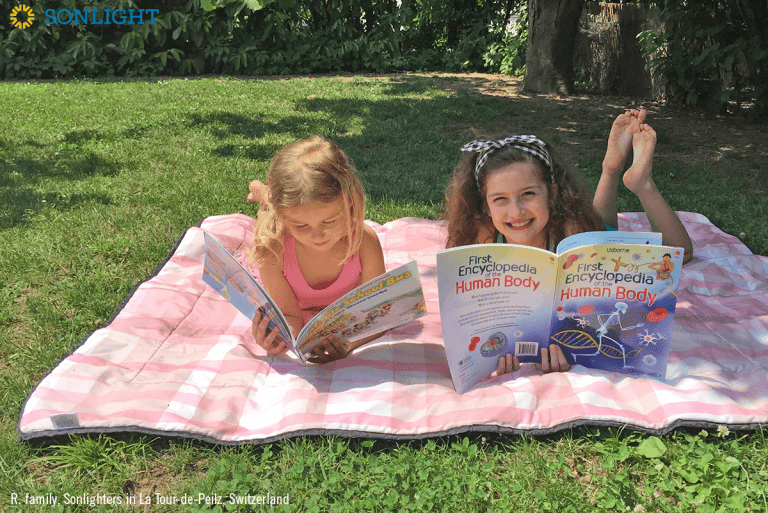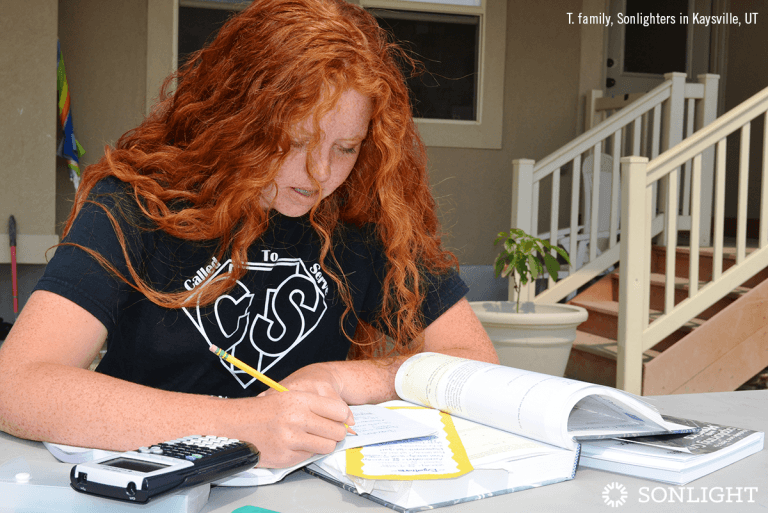
A common frustration of homeschool parents is struggling to get everything done in a day. The juggling act of household tasks, kids’ education, family relationships, and employment can feel overwhelming. There’s no question that your season of homeschooling is a time of demanding responsibilities. Here are six steps to make sure school work gets done in the midst of a busy life.
1. Examine the Details of Your Responsibilities
It’s crucial to take a hard look at the nitty-gritty of your life in this particular season so you can have realistic expectations. Consider and write down these:
- commitments outside your home
- the ages and stages of your kids
- your family’s personal values
Sometimes the simple act of seeing the details in black and white will help you recognize things that are keeping you from what matters most to you right now. Saying yes to one thing—homeschooling in this case—always means saying no to something else. Be willing to cut things out and lower your expectations.
2. Make a Plan for Your Day
Having a plan in place, one based on the realities you just considered, is key to maintaining your sanity. Maybe you’ll have a flexible routine that serves as a guide to your day, while allowing you to have wiggle room for the spontaneity you love. Perhaps you’ll do best with a structured schedule where each block of time has an assigned purpose, providing clear expectations that you appreciate having. Neither approach is better than the other. What’s important is simply that you have a plan that works for your family.
3. Set a Timer and Focus
Now that you’ve considered all the details of your daily life and come up with a realistic plan, it’s time to tackle your day. You want to be intentional about your time. Using timers or alarms can be helpful.
In order to stay focused on whatever you’re dealing with at a particular point in your day, set a timer for however long you want that activity to have your attention. Barring a crisis of some sort, don’t do anything else during that time—nothing at all.
If you tend to be super-focused, a timer will give you a stopping point, reminding you of other responsibilities and keeping you from being consumed by just one. If, on the other hand, you’re easily distracted, knowing you have a set amount of time helps you buckle down and zero in on a particular task.
4. Keep a List of Stray Thoughts and Interruptions
Having a realistic plan for your day and a timer to keep you focused will obviously not prevent inopportune reminders of other things you need to get done. Since stopping one thing to address another is an inefficient use of your time and hoping you remember the thing later is not very responsible, keep a piece of paper handy. When an interruption happens, write yourself a one- or two-word reminder so you can handle it at an appropriate time. Then get immediately back to the task at hand. If possible, keep doing whatever you’re working on and ask another family member to go write the reminder down for you.
5. Establish Boundaries for Your Day
As you choose to focus on one task at a time, you’ll find that the people in your life will either adjust accordingly or appear to sabotage your efforts. If it’s more of the latter, use it as an opportunity to train them in a life skill that will serve them well. Communicate the routine or schedule clearly with the people in your home, tell them concisely and respectfully that you can’t talk to them about ABC right now when they interrupt you doing XYZ, and lead by example as you manage your day in a way that ensures your essential responsibilities are taken care of. When it comes to people outside of your home and your own personal time management, choose not to scroll through social media sites, engage in text or phone conversations, or make commitments with others during times that are dedicated to other responsibilities.
6. Above All, Give Yourself Grace
Of course, no matter how responsible you are in setting yourself up for success, there will be days when nothing goes as planned. That’s life. It doesn't mean you failed at being intentional with your time. Roll with it, then get back on track the next day, adjusting the track if need be.
To find out more about Sonlight's structured homeschool programs that tell you exactly what to teach each day, order a complimentary copy of your catalog today.



